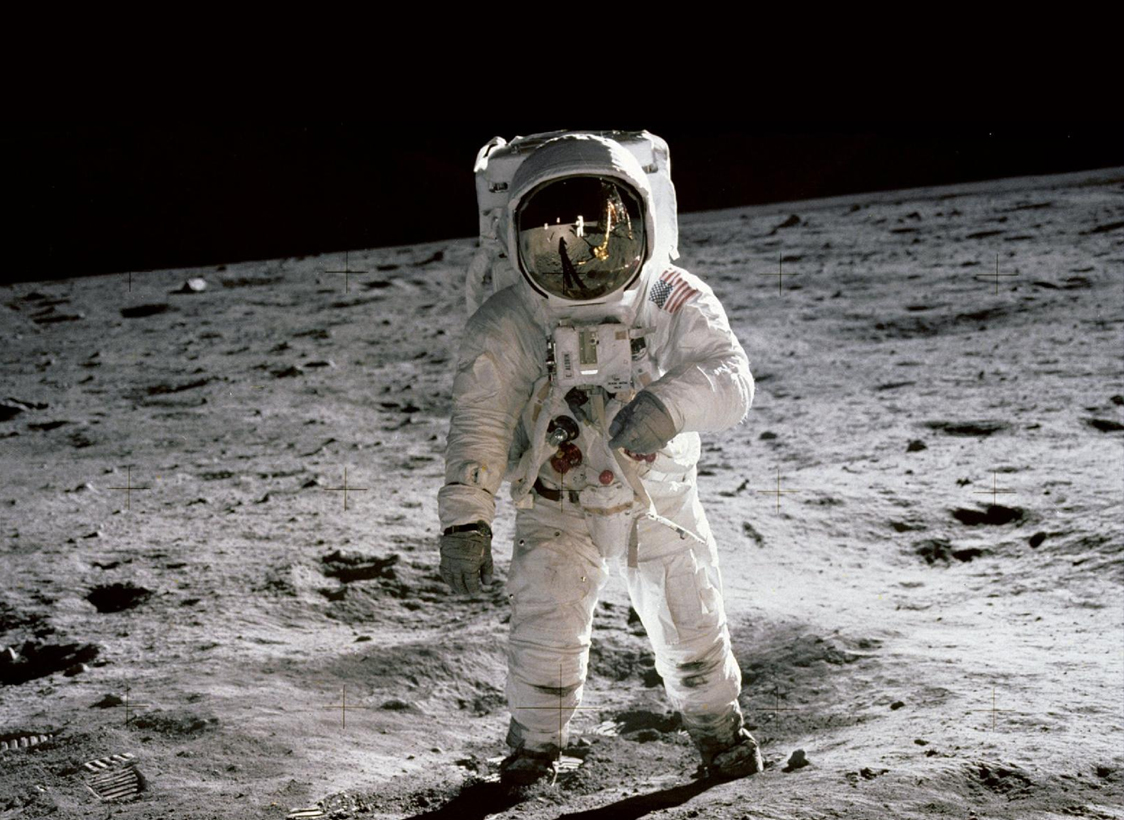
COLUMN: Memories of the Lunar Landing
Contributed by Kevin Johnson, alumnus
The 50th anniversary of the Apollo 11 crew’s lunar landing coincides with my current career path’s shifting from engineering to social science. Recalling my academic path, I note that in July of 1969 I was advancing from the first grade to the second grade in Compton, California which had just months earlier celebrated the California Interscholastic Federation (CIF) Basketball Championship title won by the Tarbabes of Compton High School. For the second consecutive year, the team won the title culminating in a top national record of 66-0.

As kindergartener and first grader in Compton watching the Compton High School basketball team’s success on the court, I experienced pride and identity as being a Tarbabe with a winning tradition.
Although others were playing on the court, I too was a proud Tarbabe and a “Black” person, a detail that I had learned about on April 4, 1968 earlier upon watching on television the news of the death of Martin Luther King, Jr. I was a primary school-aged “Black” boy who was made aware of social issues and problems requiring solutions in the United States.
Meanwhile, our home was host of special celebrations two years in a row for the Tarbabes basketball team for whom my mom had cooked so much food. Those guys looked like giants ducking under doorways to avoid hitting their heads.
Tang soon became one of my favorite drinks. I had heard that Tang, a powdered orange-flavored additive to water, was a drink for astronauts. I did not recall whether I knew at that time that the city of my birth had named its baseball team for the astronauts. Regardless, I knew that the astronauts from the United States were embarking on something that made the world take notice.
Watching the black and white television with the “rabbit ears” antennae, I was enthralled with the space program from the countdown to the numerous “Roger” comments to the lunar landing to the splashdown. What could possibly be more thrilling to a young kid than seeing a lunar landing of astronauts for the first time in human history decorated with the image of the planting of the US flag on the surface of the moon? The taste of Tang often reminded me of this experiencing of viewing the landing on the moon. I knew that I could be a scientist or mathematician during my lifetime.
Reflecting on that day of the first manned crew lunar landing and on my soon acquiring an Apollo 11 themed t-shirt, I celebrate the notion that I am of a species capable of such engineering and scientific feats. I feel great pride of being from the country which claims the title for first to plant its flag and its footprints on the surface of the moon.
It is in part due to my long-ago thinking about lunar landing that I studied engineering in the 1980s and worked in the engineering field for over three decades. Technology has provided so much change in society and inspired so much creativity with the lunar landings’ serving as poster children for the possibilities. In addition, equivalent advances human relations capture my attention. Thus, I also think of Dr King’s statement :
Our scientific power has outrun our spiritual power. We have guided missiles and
misguided man.
